Effie Gray Millais’s life is the main subject of the book “Effie: The Passionate Lives of Effie Gray, John Ruskin and John Everett Millais” by Dr Suzanne Fagence Cooper. It is the ninth book in my second list of readings.
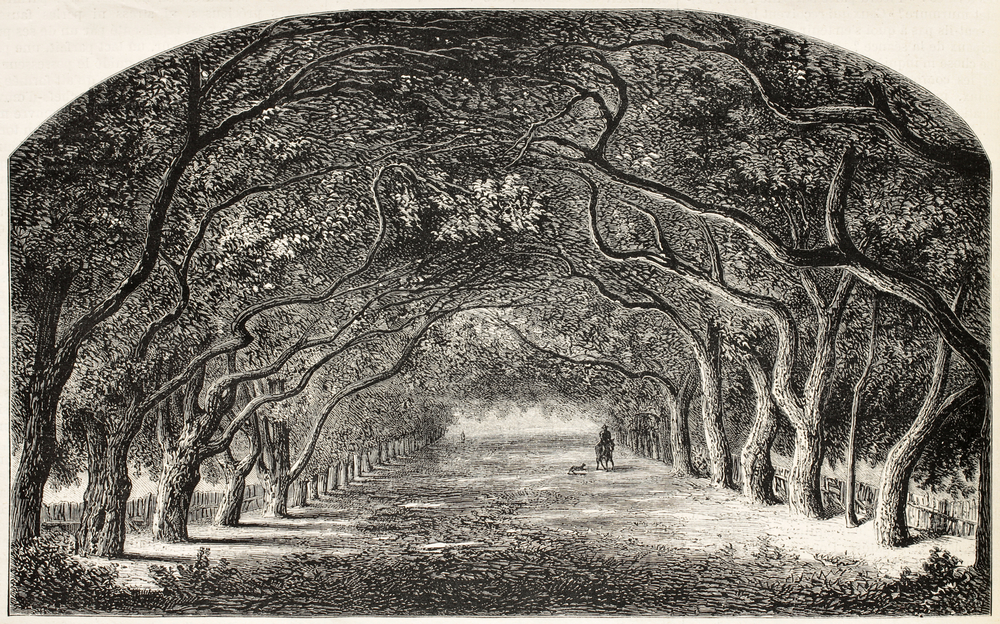
The Life of Effie Gray and John Ruskin
This book is not a novel but a reconstruction of the life of Euphemia Chalmers Gray. The book starts on the cold morning of Tuesday, 25 April 1854, when Effie escapes her abusive marriage with the art critic John Ruskin. John reserved all his attention on art, not people. He was excessively attached to his parents’ house and his books. Nevertheless, John became a celebrity because of the book Modern Painters. Charlotte Brönte and Elizabeth Barrett Browning were very fond of his book. Effie ran away from an exhausting and unnatural relationship where her husband believed she was inadequate as a future mother. The Ruskin family thought that Effie was a wicked and reckless woman. Until 1857, only the Parliament could grant a divorce in Victorian England. As an ambitious wife, Effie wished to promote her husband’s career.
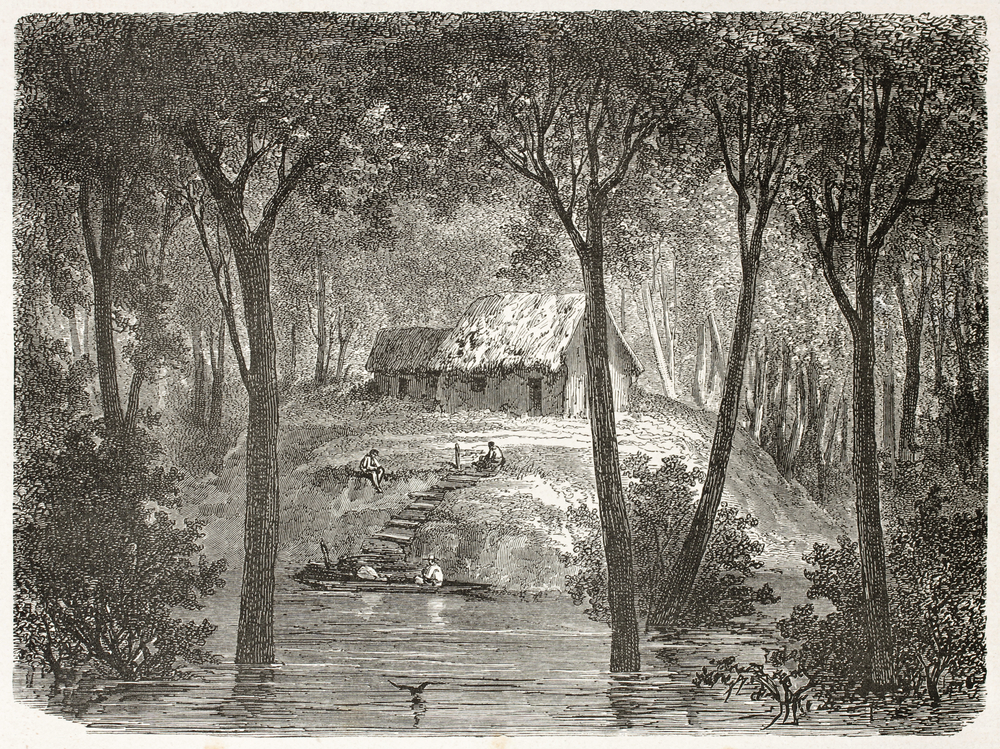
The New Life of Effie
Effie’s life was challenging because of the oppressive social traditions and her loveless marriage with Mr Ruskin. Sadly, in the Victorian era, women could not vote, own properties, or take legal action against someone. Moreover, a wife had no ownership of her clothes and jewelry. Most women could not leave their marital house even when mistreated and abused, mainly because of the lack of financial support. In case a woman was leaving her husband, he could take her home against her will and might rape her with impunity. After six years of a distressing relationship, the Ecclesiastical Courts decided to annul the marriage because Effie and Mr Ruskin never consummate their relationship. After resting in her parent’s house, Effie married the painter John Everett Millais.
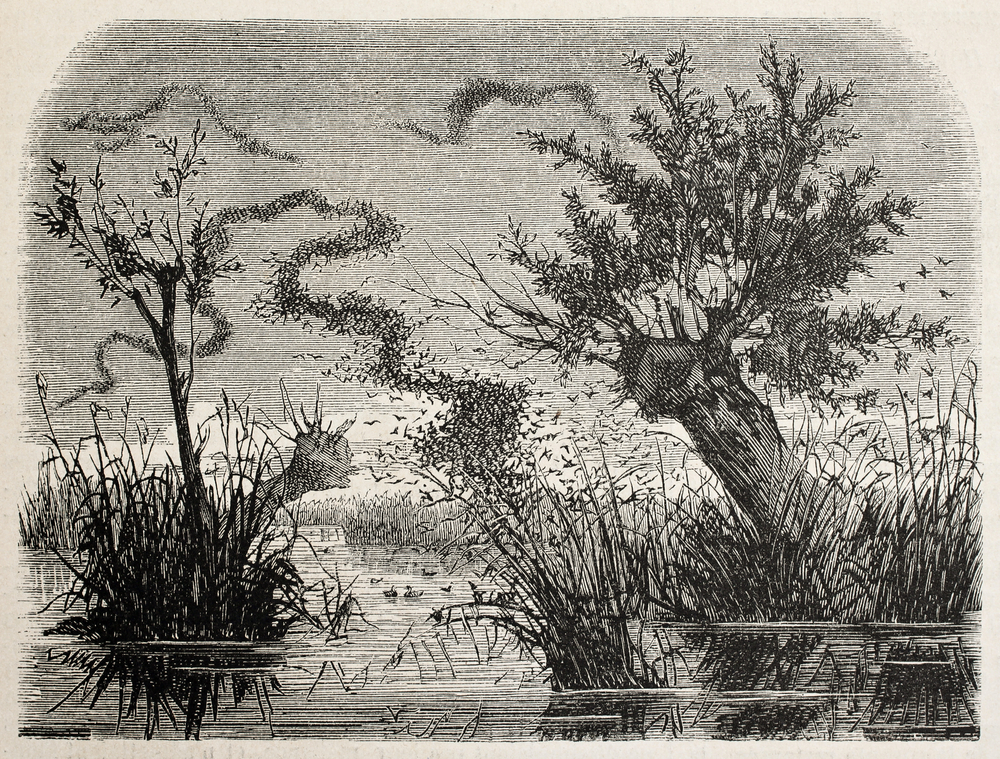
A Portrait of Effie Gray
Effie was a beautiful Scottish girl with auburn hair, entertaining and elegant, with many admirers even after her marriage to John Ruskin. Mr Ruskin was not concerned, having lost interest in his wife. Since her youth, Euphemia was attentive to her clothes, taking care of every detail. Effie was a determined woman with an independent spirit. She wrote several letters to her parents with rapid handwriting, giving a glimpse of sixteen years of Victorian life. Effie had witnessed events, but this woman changed the idea of Victorian femininity. She regained control of her life, refusing to bear a physically and emotionally abusive relationship. Euphemia did not fit in the Victorian standard of a fragile woman. Indeed, as a well-educated girl, she was fluent in French, a quick learner, and a piano player. She enjoyed riding and dancing and was far from the delicate Victorian femininity.

A Portrait Of John Ruskin
When John met Effie for the first time, she was twelve, and he was fond of her. As she grew up, he appreciated her wit and beauty. Before meeting Effie, John had been fascinated with a young girl “fresh from convent school.” Mr. Ruskin generally loved innocent young girls “on the verge of womanhood.” This side of John could be why he could not consummate his marriage with Effie because she was nineteen then. He found that Effie aging had lost her original good look and considered her too old to be desirable. John Ruskin was a “damaged genius” who elicited admiration from many notorious personages. John captivated Effie’s attention because he was improving her mind with books and pictures. However, during their engagement, John demands Effie learn how to be disciplined, fulfill all his desires, and please him. He asked her to improve her French and study Italian and botany to help him with his research. However, John Ruskin was sensible and passionate about arts, nature, and beauty, even though he ignored Effie’s needs.
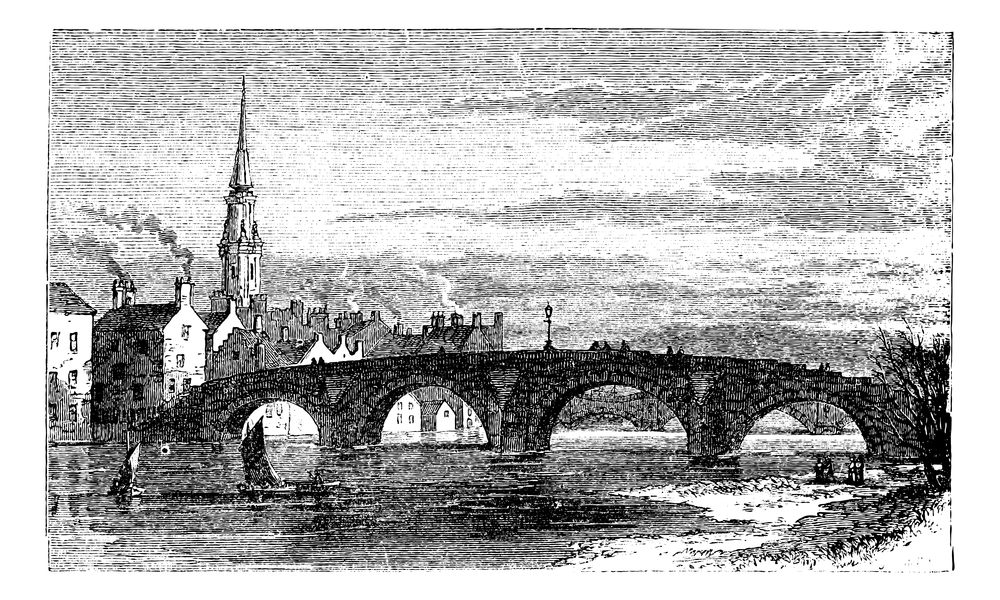
A Portrait Of John Everett Millais
Everett Millais started his studies at the Royal Academy when he was eleven. He became part of the Pre-Raphaelite movement, which aimed to return to the Quattrocento Italian art. They were not interested in the conventional beauty of Renaissance art, such as the one portrayed in Raphael’s paintings. They wanted to connect to nature; natural details were not missing in Millais’s paintings. He portrayed Effie, focusing on her character strength, determination, and emotional struggle rather than her beauty. In that period, he fell in love with Effie, even though she was still John Ruskin’s wife. Everett knew the secret behind her marriage with Mr Ruskin.

Effie And Everett Millais
In 1855, Effie and Everett married, and they had several children living a happy marriage. Starting in 1870, Everett became one of Victorian England’s most prominent and wealthy painters, and Effie managed the social relationships. She supported and encouraged his career, organizing parties where patrons commissioned portraits. Effie was excellent in social life, meeting a lot of actors, nobility, painters, and artists. Nevertheless, her first marriage damaged her reputation. Indeed, even the Queen refused to receive her at Court because most people unfairly considered Effie as the wife of another man still living or a divorced woman. Effie and Everett had eight children. Everett Millais, who belonged to the Pre-Raphaelite artistic group, adopted a looser and hazy brushwork years after marriage. Unlike the other painters, he looked more like a well-dressed and handsome businessman.

The Busy Life Of Effie And Everett
During her marriage with Mr Ruskin, Effie had to pretend the fiction of a “normal” marriage. While she was arranging teas, she was exhausted. On the contrary, she could fulfill her dream of a happily married mother after marrying Everett Millais. Euphemia managed the household, being a brilliant hostess of crowded evenings with international celebrities. She gave birth to eight children, who followed different paths. Even if Everett’s works were in great demand, the Pre-Raphaelites distanced themselves from his art as soon as he married Effie. He became the wealthiest painter, and his art portrayed moods and characters. Unlike the other artists, “Everett did not conform to the image of an artistic rebel.” His acquaintances and friends described him as a “boyish, jolly, straightforward and true Anglosaxon.”
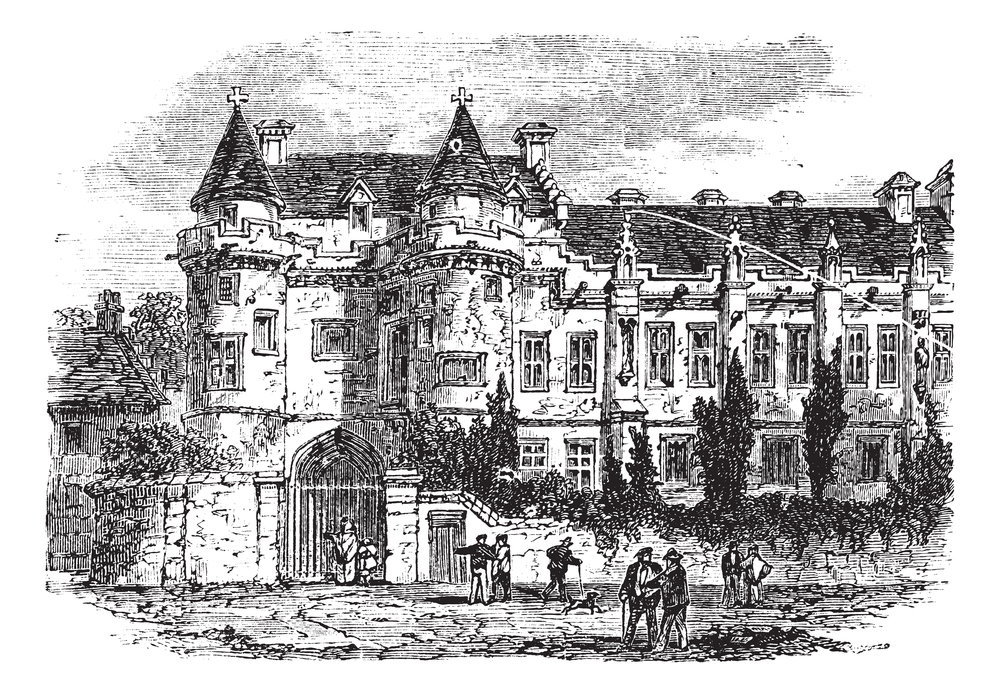
The Social Life Of Effie And Family Travels
Effie had good social communication skills and knew how to negotiate with patrons. In 1877, the Millais family moved to a mansion in Palace Gate, where Everett’s big studio was always full of patrons, friends, nobility, and celebrities. Now, the guests could enjoy his paintings cozily. Behind this beautiful facade, Effie suffered because of her past marriage with Mr Ruskin. Indeed, many people called her “the wife of two men”; hence, Queen Victoria refused to receive her because of Palace protocols. Since Effie was John Ruskin’s wife, she visited Paris and Venice. Furthermore, even after her marriage to Everett, she continued to travel with her children in Europe. Since the mid-1860s, her brothers George and John emigrated to Australia, and her son Evie also went to Australia. Later, one of Effie’s daughters, Mary Millais, sailed for Australia and New Zealand. During her visit to Sidney, Mary could admire one of his father’s paintings, The Captive. Mary’s next trip was to Melbourne, where part of Everett’s family lived.

Effie And the Suffragism
While some of Effie’s children were abroad (Mary in Australia, Geoffroy in Wyoming, and Evie in Paris), she continued to divide her time between her household and Everett’s studio’s management. Meanwhile, her youngest daughter, Tottie, was influenced by Louise Jopling, a great advocate for women’s education. In 1887, Louise founded her art school for girls and signed a petition to let women vote. Suffragists advocated for equal electoral rights to elect a Member of Parliament who would represent their interests. In 1885, the foundation of a ladies’ wing of the Primrose League was established. Moreover, after Everett’s baronetcy, Effie became Dame of the League. Tottie Millais followed the New Women’s movement, a group of young women with high education who lived independently, smoking and wearing masculine clothes. These “Manly Women” with short hair strolled with their dog and a walking stick. Victorian society considered this behavior as transgressive sexuality. However, even after the Matrimonial Causes Act’s approval in 1857, men kept their power in conjugal life.
The Last Period Of Everett and Effie’s Lives
Everett used his motto, “Ars Longa, Vita Brevis,” mostly after the death of their son George and their granddaughter Phyllis. Effie had the merit to contribute to transforming a bigot Victorian society. She stood against the conventions, refusing an abusive marriage. She showed how a woman could be in control of her life. Nevertheless, slander and false rumors were against her. Another tragedy happened in their life of Effie the death of her younger sister, Sophie Gray. Several times, Sophie modeled for Everett because of her extraordinary beauty and her patience while modeling. A controversial painting is her 1857 portrait, where Everett emphasized her sensuality and beauty. She died of anorexia and depression. It is not clear what her relationship with Everett Millais was; it could be that Sophie was in love with him. At the age of sixty-six, Effie lost her mother, Sophia Gray, and with age, she became blind with general soreness.
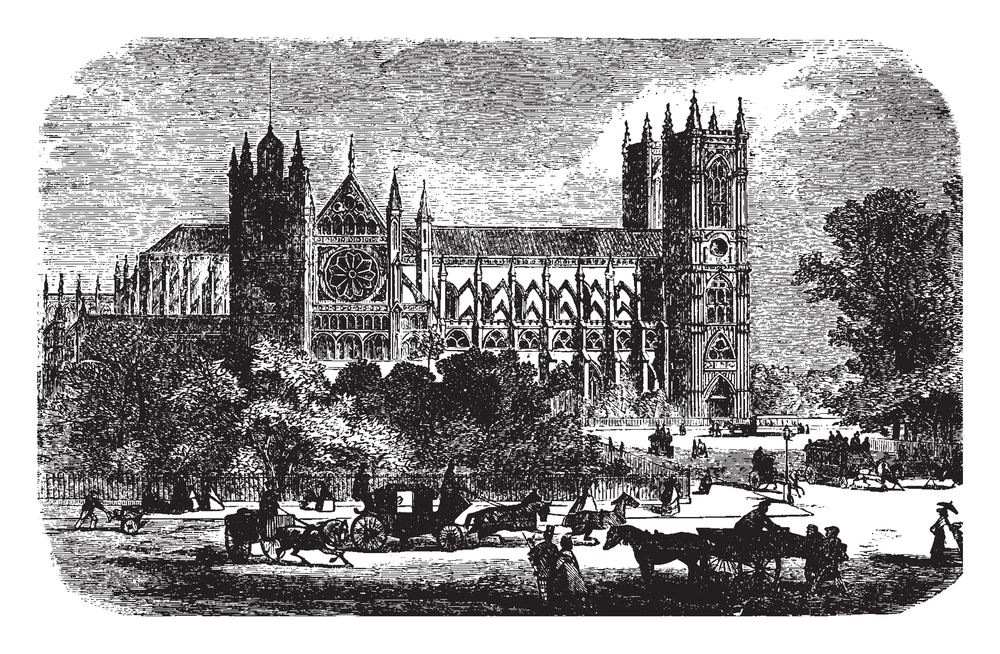
The Deaths Of Everett and Effie Millais
In 1885, Everett became a baronet; in 1896, he became President of the Royal Academy. Sadly, he had throat cancer, and while he was dying, the Queen finally received Effie as Lady Millais. After Everett’s death, Effie retired with her brother George at Bowerswell, at her late parents’ house. After her eldest son, Evie, died from pneumonia at the age of sixty-nine, in 1897, Lady Effie Millais died of bowel cancer. “Effie: The Passionate Lives of Effie Gray, John Ruskin, and John Everett Millais” is a beautiful book that gives a perspective of the Victorian era from an artistic and social perspective. I have read the digital edition of this book, and you can also find the audiobook.

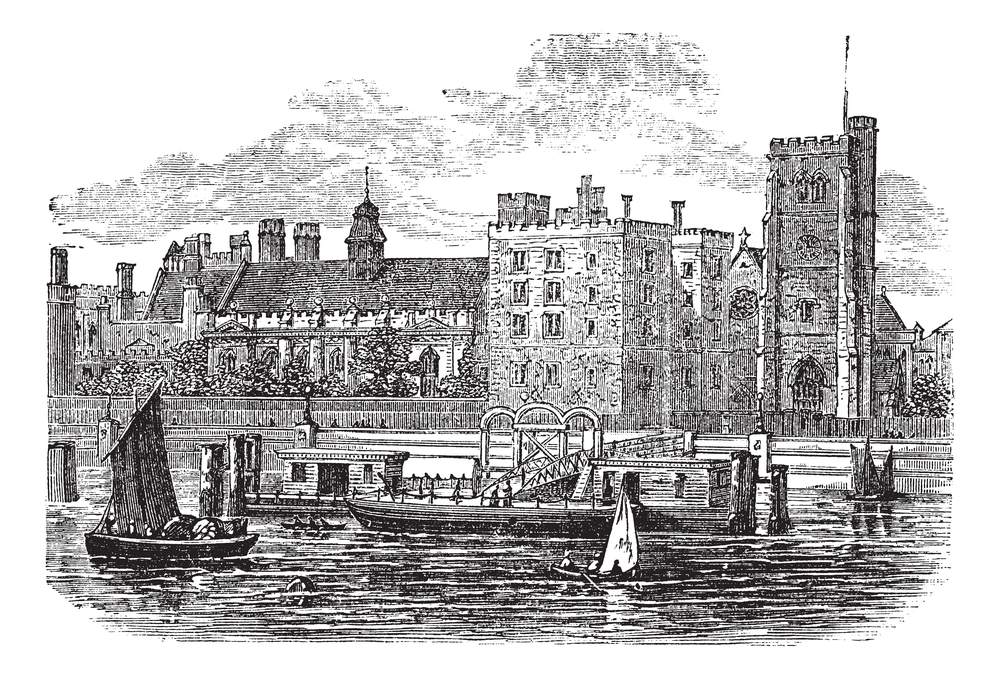





Loved this so much!
Thank you so much!